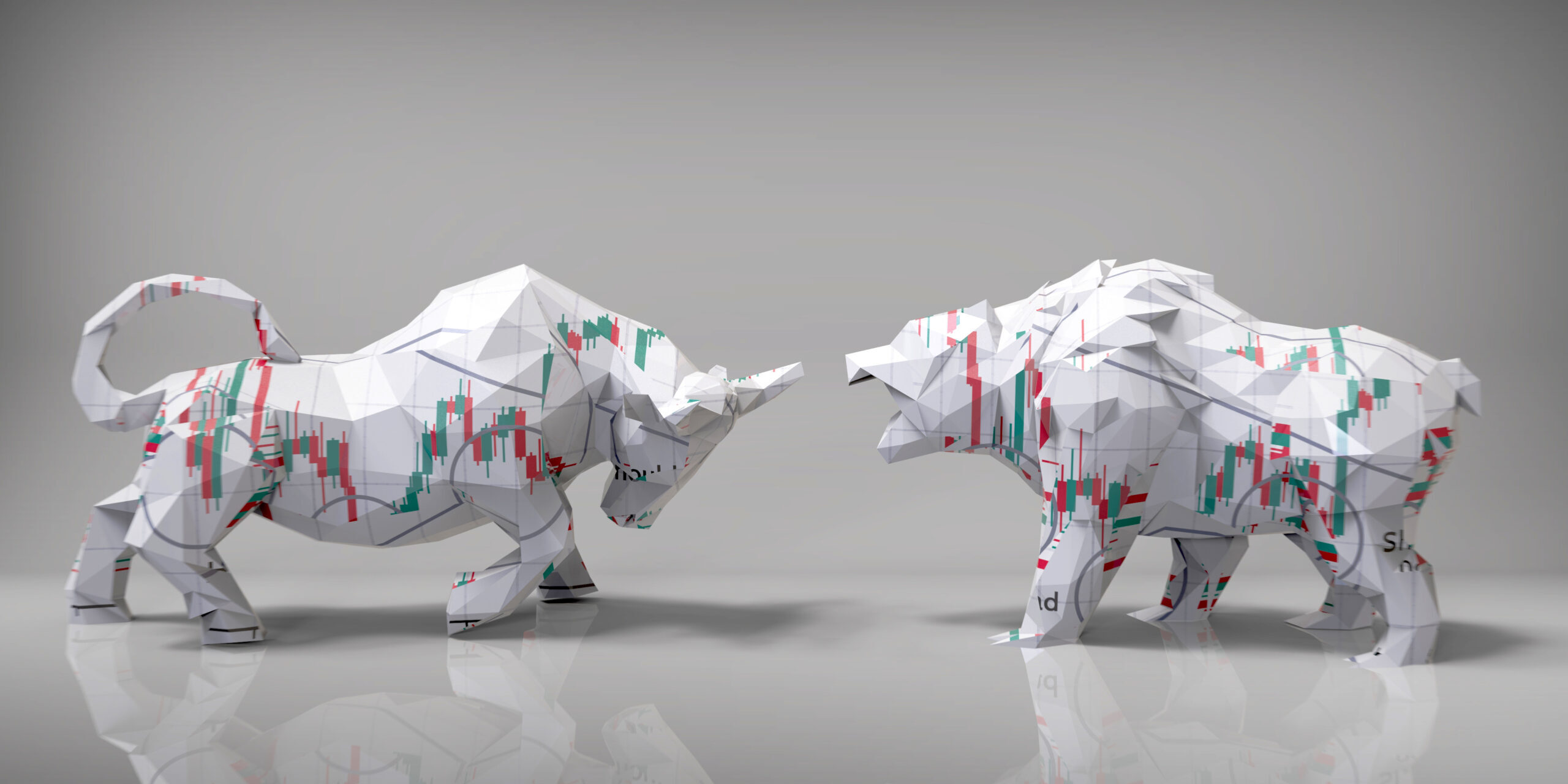Uncertainty is all we have felt over the last 18-24 months. Many questions continue to arise as the trajectory of the economy is still up in the air. Is the idea that the economy will fall into a recession fading? Will there be a soft landing? There are plenty of questions we find ourselves asking, but it’s important to stay grounded. So where are we headed?
The growth surge coming out of COVID really put a damper on things as stimulus checks turned the world upside down, reshuffling the global economic landscape. With this reshuffling came intense price hikes as inflation neared a 40-year high, prompting extreme rate hikes. Now it’s up to the Fed to contain inflation, slow the economy, and try to negotiate with the likes of Mr.Recession.
A recession is something we obviously don’t want, but the reshuffling of the labor markets and supply chains has made it challenging for monetary policy to curb prices. Worker shortages as well as the lingering effect of the great resignation prompted higher wages and a lower unemployment rate. It’s safe to say this economic cycle has been unusual in many ways but because of this unusual activity, a soft landing has not been ruled out. In fact, it is the current primary objective of the Fed. A soft landing is no easy task as previous cycles suggest that sticking a landing is a challenge. As soon as the economy starts to slow in response to extreme tightening, it usually overshoots into a recession. With that being said, the Fed continues to pilot a miraculous landing as Sully did on the Hudson in 2009.
The Federal Reserve held its 6th FOMC meeting of the year from September 19-20. With anticipation looming on the decision of yet another rate hike, it didn’t come. Yay! No more rate hikes…? That is not the case. The Fed’s hawkish perspective remains unchanged. The Fed continued to keep rates stagnant, signaling rates to remain higher for longer. The impact was immediately felt within the stock market as the S&P 500 would shed nearly 3% that week.
Although the Fed rejected the idea of a hike, this is not quite beyond the realm of imagination as Jerome Powell insinuated the idea of one more rate hike leading many policymakers to believe that there will be an increase in rates before year-end. Reiterating the idea that rates would remain higher for longer, suppressing economic growth, and keeping contractionary policy at the forefront of an intense battle between economic prosperity and turmoil. The good news is that the Fed may be nearing the end of its quantitative tightening campaign.
In the last FOMC meeting, the Fed released its “Summary of Economic Projections”, projections of the most likely outcomes for various factors of the economy (GDP growth, unemployment rate, and inflation) from 2023 to 2026.
Through these economic projections, the Fed reiterated the economy is still growing at a “solid” rather than “moderate” rate, and employment rates continue to “slow” but “remain strong”. Not exactly what the Fed wants to see, but this is why they remain hawkish on the current state of the economy.
It’s important to remain cautious and not be driven by fear. The current macroeconomic landscape presents opportunities and signs of strength even if we do enter a recession, it could be shallow, and the subsequent recovery could be stronger. Relative to levels coming out of the Global Financial Crisis debt levels remain relatively low, the unemployment rate remains under 4%, companies continue to prepare for economic slowdowns by improving their bottom line (increasing revenues and efficiency), and there is still a strong consumer sector relative to past cycles.
Determining the exact start or end date of a recession is not only impossible but also not that critical. What is more important is to maintain a long-term perspective, so you can be resilient during those inevitable periods of volatility. Above all else, we should stay calm when investing ahead of and during a recession. Emotions can be one of the biggest roadblocks to strong investment returns, and this is particularly true during periods of economic and market stress.



